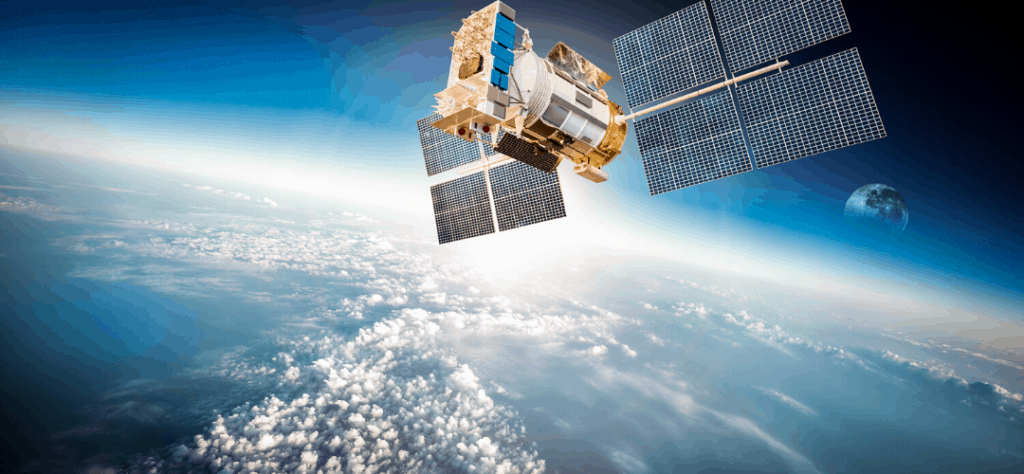Ok, here’s some interesting facts that are being conveyed by Starlink, which is the newest baby of Elon Musk, and not a small endeavor by any means. In conjunction with SpaceX, Starlink is launching 42,000 low orbit satellites (300 miles above earth) that will cover the entire globe over the next few years. The bandwidth that can be expected from this is blazing fast as compared to the other satellite providers at speeds reaching 1Gb per second. Their competition, Hughes and ViaSat, on the satellite front is a paltry 25Mbps and 100Mbps, respectively. Other than bandwidth, the other major difference is the latency or the time for a packet to travel from you to your destination, which is around 30-40ms. The coverage initially is going to be focused on the rural northern reaches of the US and Canada, with expansion expected all over the world in 2021. The cost of the service is going to be around $80 per month, with the signal being captured by a small pizza size device, which they are referring to as the gateway, and this device runs between $100-$300 and will auto-search for the signal.
What does this mean for the world?
Well, for those that already have internet, probably not much. However, for those that don’t have internet and want it, this is huge. Those that don’t are typically in rural areas of the world where the cost to provide infrastructure isn’t feasible. The other opportunity here is a secondary or primary broadband connection for businesses for network redundancy. For example, if a business has cable broadband, and wants a back-up that’s not a metered service, like wireless 4G, this provides that secondary option. This should actually be pretty exciting for businesses because they can now achieve a higher rate of up-time for their users that can be deployed relatively quickly. In the world of IoT, we now have a ubiquitous worldwide means of capturing data and doing it relatively cost effectively. Cameras can be everywhere now, not just in the city, but in the country, farms, ranches, animal pens, everywhere.
How does Starlink compete with 5G?
Well, effectively, they are direct competitors. One resides just above the street and the other resides in the lower orbit of the earth’s atmosphere, but what they deliver is very similar in terms of speeds and latency. The biggest difference that we can see is in the distance from the customer and the very different difficulties to deploy. 5G has had its challenges with getting right of way’s in major cities. 5G also has no play at the moment, in any way shape or form, to provide service to rural locations around the world. This is due to its requirement to be near the device that’s accessing it. 5G is required to be within a few hundred feet of the user in order for a transmission to successful. If Starlink can keep these satellites connected and working as well as 5G, but they can do it anywhere and everywhere on the face of the globe, I would say there is a huge advantage to Starlink over time. The challenge with Starlink is getting it to the customer. How will it be distributed? Is it plug and play with self-install? Is it going to be as easy as 4G is now today, where you activate the SIM and device on the carrier’s network, and you are surfing the internet? These are the unknowns at this point. However, it is worth noting, if Starlink works as advertised and can be plug and play, it’s going to be a game-changer for some portion of not just the US, but the entire world. There are not many providers that can say that they have a solution worldwide, and that’s what makes this internet solution so very interesting. More to come….stay tuned!




